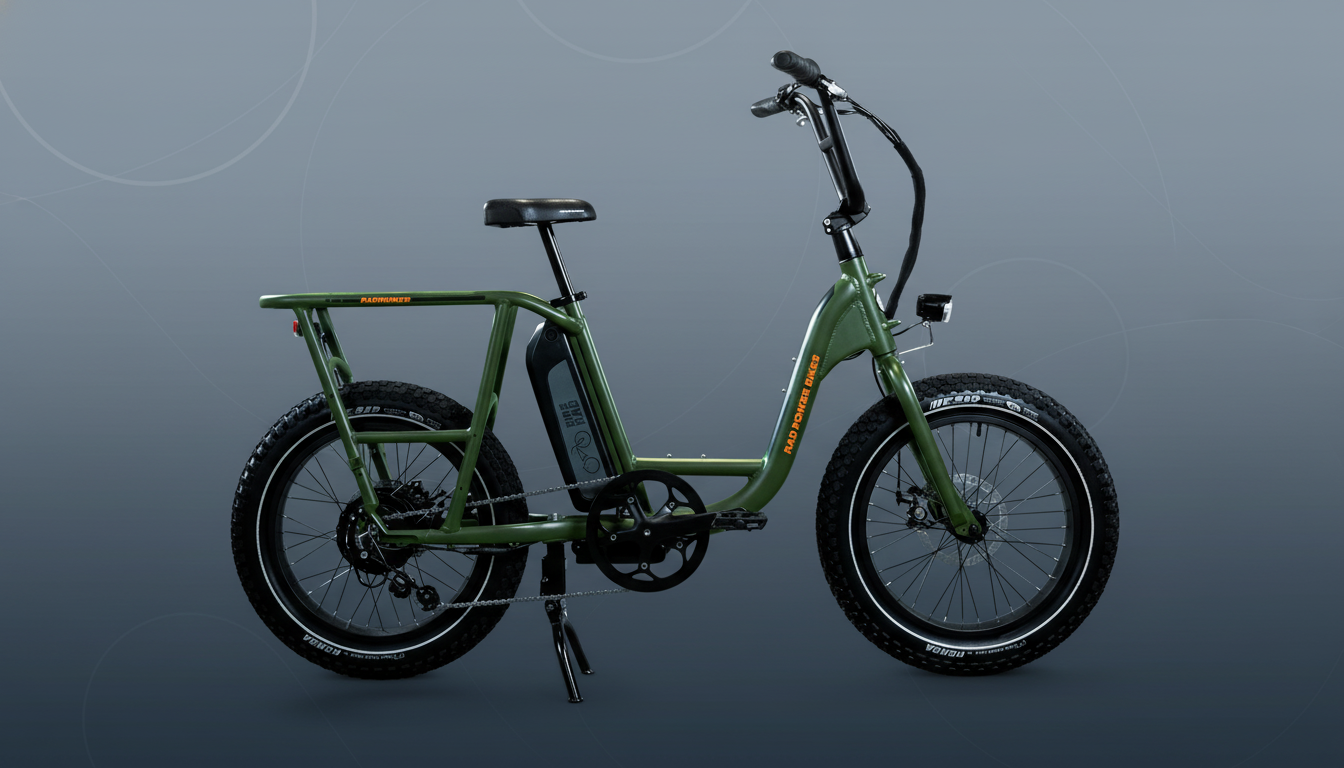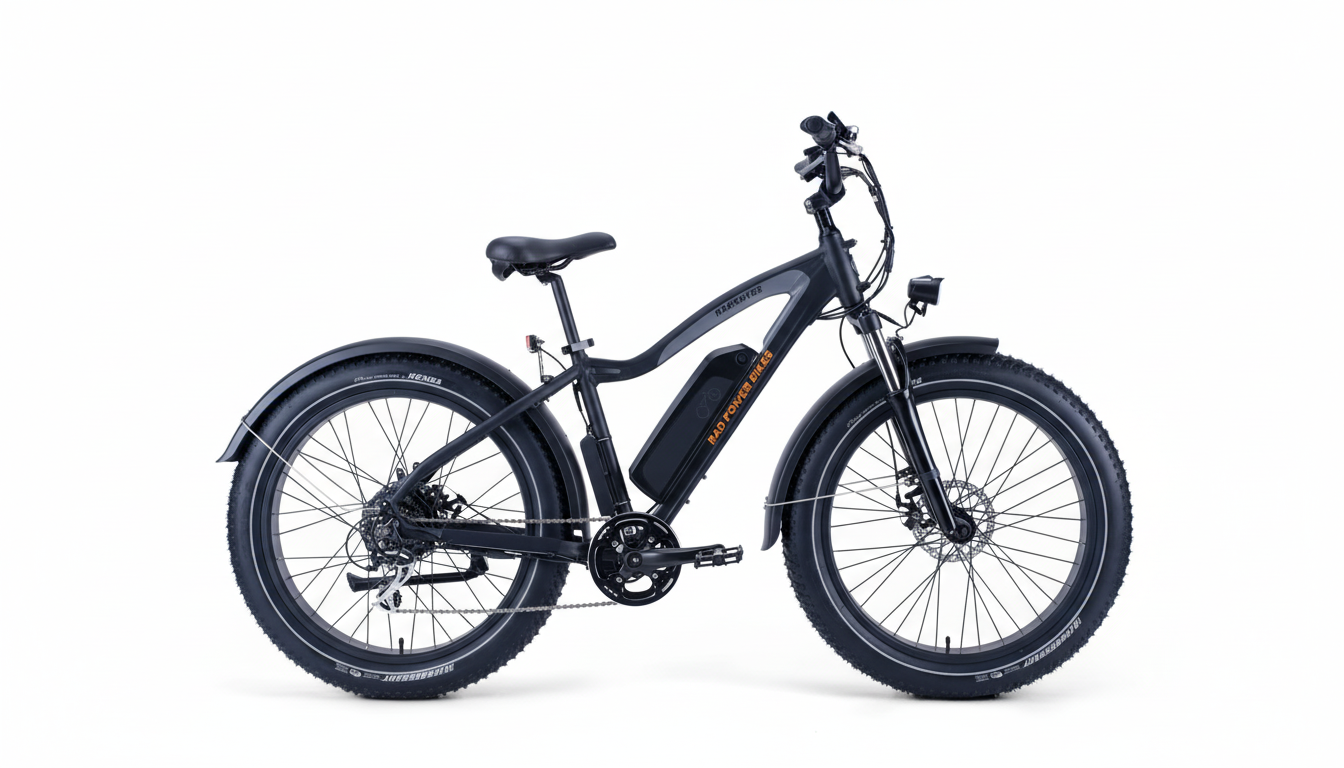Rad Power Bikes, one of the biggest direct-to-consumer e-bike brands in North America, has told employees the company may wind down business in the short term if it cannot nail down new financing, according to an internal message sent to staff. Leadership says it is still pursuing options, but a lifeline previously in the works fell apart, and now, the company is scrambling to find an acquirer or some bridge capital.
What Rad Power Bikes Told Employees About Closure Risk
In a note that employees saw and that was reported by local outlets, the company insisted that closure is not set in stone, but did freely admit that new funding is required for it to avoid shutting down. Management said it was considering strategic partnerships, including a possible sale or investment, to keep operations running and protect jobs. A spokesman added that the top priority is to support employees and existing riders as leadership looks for a way forward.

The company also filed a Worker Adjustment and Retraining Notification for its Seattle headquarters, stating that 64 jobs there could be lost if operations are discontinued. That filing represents the regulatory thresholds linked to headcount at one campus, and is not a focused set of layoffs, according to the company’s message to employees.
A Leader in a Shaky Micromobility Market
Rad Power made its name with affordable, no-frills models like the RadRunner and RadWagon, contributing to the movement to make fat-tire and cargo e-bikes mainstream for everyday riders. The brand’s rise mirrored a broader U.S. e-bike boom; industry groups like LEVA and retail trackers like Circana have reported sharp increases in both unit volumes and revenue over the past few years, with e-bikes proving to be a rare bright spot for cycling.
That momentum has not shielded the sector from turmoil. Prominent peers have entered insolvency or restructuring, such as VanMoof, Bird, Superpedestrian, or Cake. And for direct-to-consumer players, the confluence of high freight rates, warranty and service requirements, battery safety certification, and changing tariff laws has been punishing. Urban fire departments, including in New York City, have also increased scrutiny of lithium-ion products and raised the cost of compliance for all items within that category.
Rad Power had raised substantial venture capital during the e-bike craze — several rounds into the hundreds of millions from prominent institutional investors. But as capital became scarcer for hardware-heavy startups, Rad engineered multiple restructurings, cut back retail experiments, and rotated leadership by adding turnaround specialist Kathi Lentzsch to stabilize operations and explore strategic alternatives.
Why It’s Harder for Startups to Secure New Funding
The economics of direct-to-consumer e-bikes are challenging in a way that is specific to scale. Bikes are “an awkward size to ship,” “very expensive to ship”; batteries have hazmat-type logistics charges; return rates and post-sale support can erode margin; part supply uncertainty messes up cash planning. Expanding a service footprint — through mobile vans, showrooms, and certified repair partners — enhances the customer experience but also introduces fixed costs that limit flexibility when sales slow.

Beyond this, the late-stage venture market is still picky. Easy access to cash is becoming scarcer as investors begin demanding clearer pathways to profitability, lower burn, and predictable demand. For a company like Rad that also has to consider product liability reserves, recalls, and safety testing, the bar for new capital is higher than it was during the pandemic-era surge in demand.
What It Means for Riders and Employees if Funding Fails
For employees, the WARN filing suggests that leadership is readying for a range of outcomes, including an orderly wind-down if new funding does not materialize. For customers, the near-term concern is continuity of service and parts. If a shutdown did happen, warranty and proprietary component coverage (a thorn in the side of many consumer hardware companies that fail) could be up in the air.
Practical steps for riders include the following:
- Update ownership records for any Rad Power Bikes you own.
- Download manuals and firmware tools, as well as hone in on mission-critical spares (brake pads, tires, or derailleur hangers).
- Ensure chargers and replacement batteries comply with recognized safety standards, including UL.
- Check with local bike shops familiar with e-bike diagnostics and the use of UL-compliant components.
Possible Paths for Rad Power Bikes to Avoid Shutdown
But there are avenues for survival nevertheless. A strategic buyer — maybe a traditional bicycle group, a mobility platform, or an outdoor goods company — could put Rad’s brand, customer base, and service infrastructure to use. Or a short-term bridge along with inventory optimization and stronger emphasis on the highest-margin models could stabilize the business while concluding a longer-term partnership.
Industry precedent argues that valuable assets can survive even when a parent company stumbles. Intellectual property/brand, brand value (if any) to others already invested in “rad rider” marketing, and a good-sized fleet of compatible parts have some salvage value to a prospective buyer with the greater distribution and service reach.
Leadership is currently claiming to be fighting on the front line and attempting to keep business running. The next competitive move — whether it is a sale, new investment, or some sort of hybrid deal — will decide if one of the best-known names in U.S. e-bikes keeps going on pedal assist or is forced to apply the brakes and grind to a halt.

